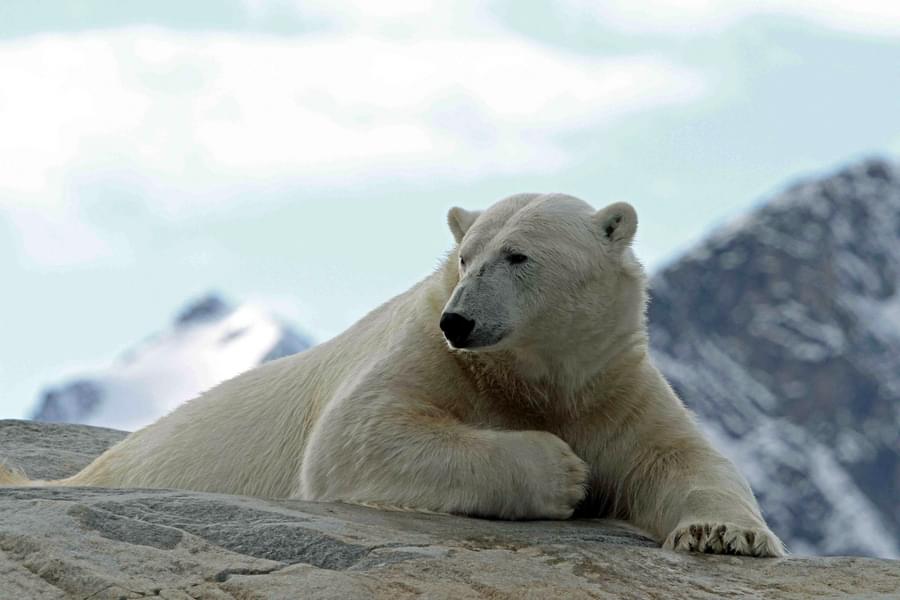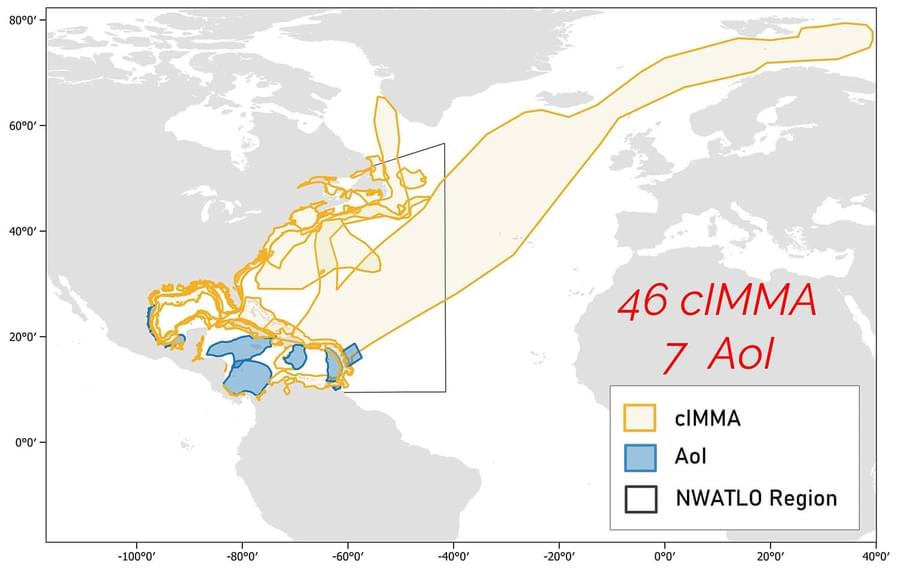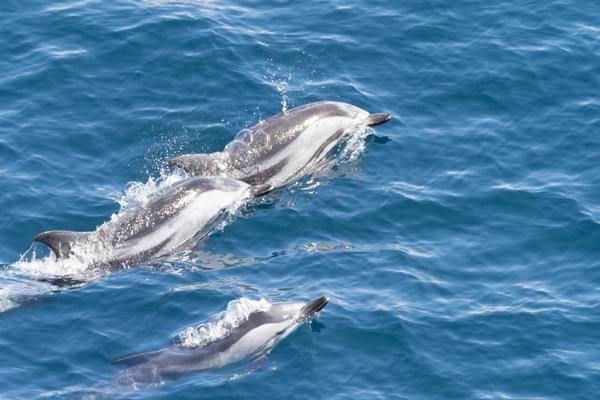The rolling, globe-spanning exercise to identify and designate marine areas needing protection, has moved its focus to the Northwest Atlantic and wider Caribbean. Following an intensive week at the 11th regional Important Marine Mammal Area (IMMA) workshop in the Yucatán, 46 new Candidate Important Marine Mammal Area (cIMMA) proposals were discussed, prepared and submitted to the IMMA Secretariat of the IUCN Marine Mammal Protected Areas Task Force. Over the next few months, they will be independently reviewed and considered for full IMMA status. IMMAs are defined as discrete portions of habitat, important to marine mammal species, that have the potential to be delineated and managed for conservation.
The 46 cIMMAs were announced last week with names like True’s Beaked Whale Aggregation Area, Terminos Lagoon and the intriguing St. Vincent-Bequia Channel “Rat Porpoise” Alley.
The focus area for this most recent assessment is vast, representing more than a quarter of the Atlantic ocean, from the tip of southern Labrador to Venezuela and for the first time covers habitat areas for species including polar bears and seals (Southern Labrador Pack Ice Whelping Area cIMMA.).

The cIMMAS cover area featuring substantial populations of both feeding and breeding humpback whales, endangered blue whales and vulnerable sperm whales. There are Risso’s, Fraser’s, and common bottlenose dolphins, dwarf sperm whales living in “rat porpoise” alley, and many species of deep-diving beaked whales. Several species reside mainly in this region including the critically endangered North Atlantic right whale. The recently identified Rice’s whale is found only in the Gulf of Mexico and now has its first candidate IMMA in proposal.
ORCA’s ongoing data collection surveys have already played a key role in achieving IMMA designation for key areas in the Bay of Biscay. ORCA's data in particular went into submissions for the Bay of Biscay, North Sea, English Channel, Hebrides and Celtic Seas. Two of the IMMAs that we drove forward for designation were the Biscay Shelf edge and Slope IMMA and the Southern Biscay Canyon System IMMA;
We can’t finish this blog without explaining what on earth a “rat porpoise” is. The dwarf sperm whale is a fascinating cetacean – aside from being the smallest whale, it is distinct (with the pygmy sperm whale) in having a sac filled with liquid in the lower portion of the intestine. These animals are capable of ejecting up to 12 litres of viscous, dark reddish-brown liquid when they feel threatened or when trying to evade predators. Release of the ink is similar to behaviour by squid, and creates a dense cloud that acts to discourage and disorientate predators so that the whale can escape. Dwarf sperm whales have long, curved and sharp and as a consequence they are sometimes described as the “rat porpoise” in the Lower Antilles. The estimated abundance for dwarf and pygmy sperm whales is about 300-400 animals for the Western North Atlantic with the greater proportion of the population found in the Eastern Pacific.


The best way to really appreciate how amazing whales and dolphins are is to see them in the wild where they belong - and you can do that from right on your doorstep by joining one of our Sea Safaris! Visit www.orca.org.uk/watch to check out all the upcoming dates and take your first step on your very own whale and dolphin adventure!

